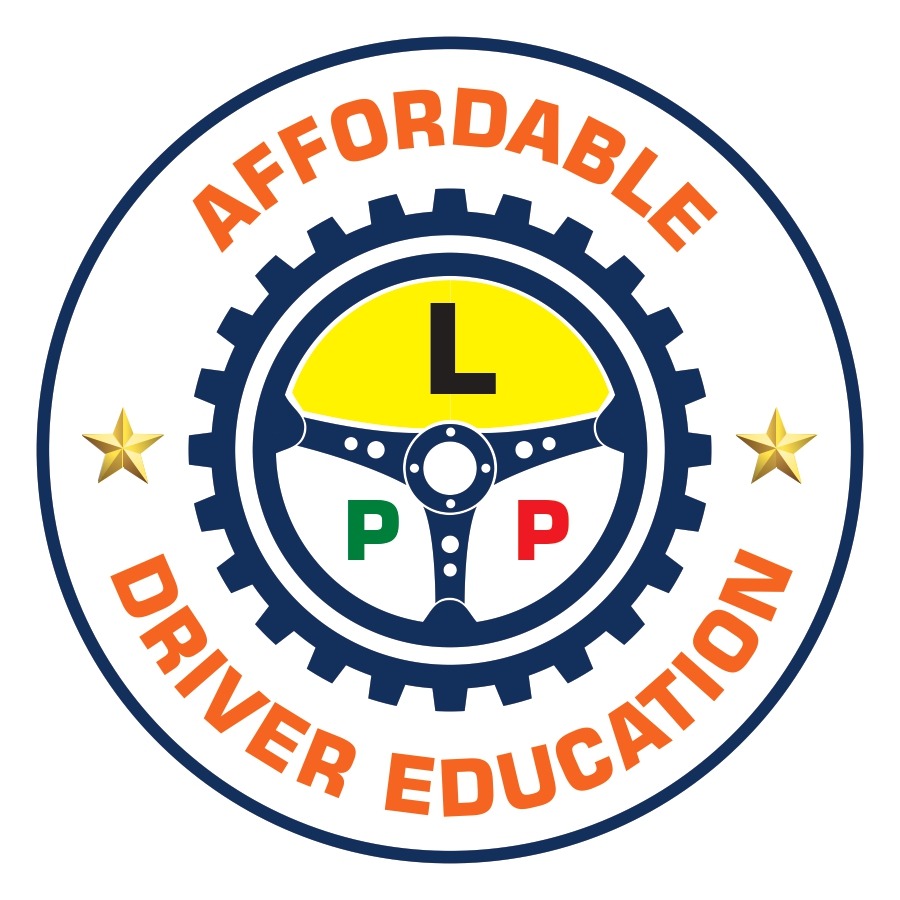Learning to drive is an exciting journey, but it’s not without its bumps in the road (pun intended!). Even the most cautious learner drivers can fall prey to common mistakes. The good news is that these mistakes are often easily avoidable with a bit of awareness and practice. This blog post highlights the top five slip-ups learner drivers make and provides practical advice on how to steer clear of them. Plus, we’ll sprinkle in some tips to boost your confidence behind the wheel. And if you’re looking for expert guidance on your driving journey, don’t forget to check out Affordable Driver Education’s personalized Student Plans! ✨
1. Mirror, Mirror on the… Oh Wait, I Forgot! (Inconsistent Mirror Checks)
One of the most frequent mistakes learner drivers make is forgetting to check their mirrors regularly. Your mirrors are your eyes on the road behind and beside you. Failing to use them effectively can lead to nasty surprises, like not seeing a car in your blind spot or misjudging the distance of approaching vehicles.
How to Avoid It:
- Make it a Habit: Develop a routine of checking your mirrors every 5-8 seconds. Integrate this into your driving-like breathing – it should become second nature.
- The “Look, Signal, Maneuver” Routine: Before making any lane changes, turns, or even slowing down, remember the “Look, Signal, Maneuver” routine. Look in your mirrors, signal your intentions, and then execute the maneuver.
- Adjust Your Mirrors Correctly: Ensure your mirrors are properly adjusted to minimize blind spots. You should be able to see the side of your car and the road behind you.

2. Speed Demons and Snail Pacers (Incorrect Speed Management)
Maintaining the correct speed is crucial for safe driving. Driving too fast can reduce your reaction time and increase the severity of an accident. Driving too slowly, on the other hand, can disrupt traffic flow and create frustration for other drivers.
How to Avoid It:
- Know the Limits: Be aware of the speed limit on the road you’re driving on. Speed limit signs are your friends!
- Adjust to Conditions: Reduce your speed in adverse weather conditions, such as rain, fog, or snow. Also, slow down in areas with heavy pedestrian traffic or challenging road layouts.
- Practice Makes Perfect: Practice maintaining a steady and appropriate speed. Use cruise control on highways (when safe and appropriate) to help you maintain a consistent speed.
3. Intersection Inattention (Poor Observation at Intersections)
Intersections are hotspots for accidents. Failing to approach intersections with caution and scan for potential hazards can have serious consequences.
How to Avoid It:
Be Prepared to Stop: Always be prepared to stop at an intersection, even if you have the right of way. Defensive driving is key.
Slow Down and Scan: As you approach an intersection, slow down and scan the road in all directions. Look for other vehicles, pedestrians, cyclists, and any potential obstacles.
Check Blind Spots: Before entering an intersection, double-check your blind spots.
4. The Parking Predicament (Difficulty with Parking)
Parking, especially parallel parking, can be a source of stress for many learner drivers. However, with practice and the right technique, you can conquer this challenge.
How to Avoid It:
- Practice, Practice, Practice: Find a safe, open space to practice parking maneuvers. The more you practice, the more confident you’ll become. Empty parking lots are your friend!
- Break It Down: Break down the parking process into smaller, manageable steps. Visualize the maneuver before you begin.
- Get Expert Guidance: ✨Affordable Driver Education offers specialized lessons to help you master parking techniques. ✨ Don’t let parking woes hold you back!
5. Hesitation Blues (Indecisiveness on the Road)
Hesitation and indecisiveness can be dangerous on the road. It’s important to make decisions promptly and confidently.
How to Avoid It:
- Plan Ahead: Anticipate upcoming maneuvers and plan your actions in advance.
- Trust Your Judgment: Once you’ve made a decision, commit to it confidently. Second-guessing yourself can lead to hesitation and confusion.
- Practice in Different Environments: Gain experience driving in various traffic conditions and road layouts to build your confidence and decision-making skills.
Bonus Tip: Don’t be afraid to ask for help! A qualified driving instructor can provide personalized guidance and support to help you overcome these common mistakes and become a safe and confident driver. ✨ Check out Affordable Driver Education’s Student Plans to find the perfect program for you.
You can even visit the VicRoads website for more information about the rules and regulations.
By avoiding these common pitfalls and focusing on developing good driving habits, you’ll be well on your way to becoming a skilled and confident driver. So, buckle up, stay focused, and enjoy the ride!




